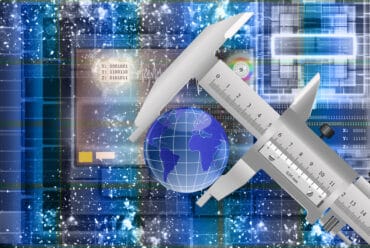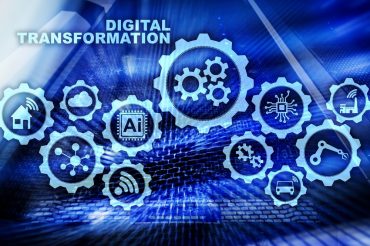
The use of digital twins is on the rise to optimize performance and quality control while delivering greater productivity and cost savings.
Digital twins have become a mainstream practice across a range of industries, and tangible benefits are emerging, from what might be called the “Industrial Metaverse.” Artificial intelligence is part of the equation, of course, but executive leaders are nervous about whether they have the infrastructure in place to support all these capabilities.
These are some of the takeaways from a survey of 2,900 IT decision-makers in 29 markets published by Equinix, which finds digital-twin technology is “on the rise to optimize areas like performance and quality control,” and that respondents “noted almost unanimously how digital twinning has provided greater productivity and cost savings, among several other advantages.”
The rise of digital twins is powered by “technological advancements in big data, high-speed networks and supercomputing power,” the report’s authors continue. “Today, they’re being more widely adopted, with nine in 10 IT decision-makers across the globe reporting their organization has used or soon plans to use digital twin technology.”
See also: Digital Twins and the Next Generation Simulation Engine
Areas that will see digital twin adoption by the majority of companies in the survey include IT operations and security, followed by modeling for customer-centric functions. “Companies are always looking to optimize their operations, better serve customers and predict trends, in order to detect potential threats or opportunities. Digital twins can be a powerful tool to tackle these aspects,” the report states.
Leading areas now in place or planned in the next 24 months include the following:
- IT operations 85%
- Cybersecurity 81%
- Customer experience 79%
- Research and development 76%
- Marketing 75%
- E-commerce 76%
- Sales 73%
- Contact centers 71%
Executives also report seeing visible benefits emerging from their digital twin implementations. Productivity and cost savings – always appealing to the CFO – top the list, but other benefits are also being seen.
Leading benefits seen so far from digital twining include the following:
- Improved productivity 54%
- Cost savings 45%
- Improved customer satisfaction 41%
- New product development 38%
- Early identification of potential issues 35%
- Reduced downtime 33%
- Enhanced supply chain agility 33%
The question is: do enterprises have the right and robust-enough unfractured to support digital twins, which rely on AI? More than four in 10 IT leaders (42%) doubt their IT infrastructure can cope with AI technology, the survey suggests. Factors that would deter technology adoption include potential increases in OPEX costs (46%), a lack of internal knowledge (42%), and slow implementation (37%).





























